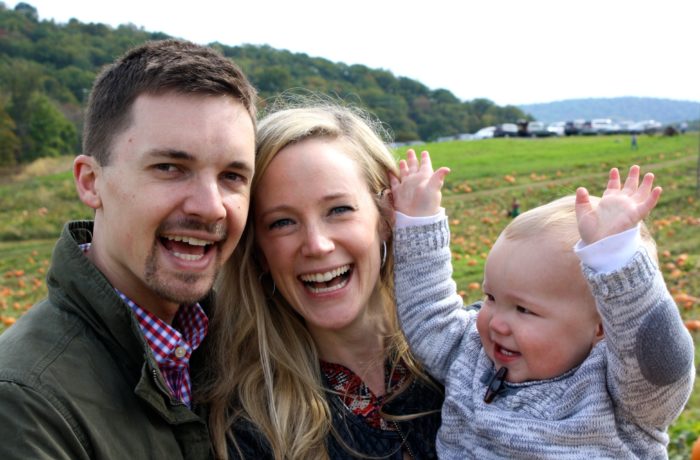The biggest resume writing mistake is searching online for a “sample” resume. This often leads to regurgitating one’s work history and skills without a goal or purpose, an approach that rarely supports what you’re looking to do.
How do you write a resume for the job you want not the job you already have?
There are essential principals to consider before you even begin to think about formatting your resume. Any recruiter or HR professional will tell you that a resume is a poor indicator of a great employee. One’s resume can only shine a light on their potential to be the right skill and cultural fit.
Here’s how to structure your thoughts and then communicate that you’re the right fit for an organization via your resume.
1. Be clear about the next step in your career
Decide if you want to change professions or industries. Maybe you want more challenge or responsibility. Think about what you want out of your next job and how it builds on your career plans.
Randomly applying for jobs that sound good is a waste of your time. I can’t repeat that enough. Job hunting is a time and energy consuming-process. You need to make sure you’re targeting positions that will deliver what you’re looking for. If you don’t take time thinking about what you want, you’ll probably end up with a job similar to the one you’re trying to leave.
If you don’t truly know what you want to do next, invest in a career coach or strategist who can help clarify your goals and direction.
2. Think about your ideal employer
Who do you want to work for and why? If you don’t know, it’s time to put aside the resume writing and do some research.
Once you’ve established your ideal employer, start thinking how they’re challenged finding people like you. Then consider what they need in relation to your skills and expertise. Is there anything your ideal employer struggles with? Could you add innovation to their work process? Find the answers and you’ll be more desirable.
3. Build your story
Now build a story that shows your passion about your targeted company and their work – and how your experience intersects with their needs. Your story is an integral part of your job search because it shows people who you are.
Using your story as your resume’s foundation helps pinpoint your most relevant skills and experience. It guides you in communicating the selling points necessary in getting the job you want.
Remember that your resume alone won’t get you a job. You’ll need to leverage your network and have people refer and support you. There is no better way to get their support than to share a compelling story.
4. List your results
Now start thinking about your workplace success. How does your history of accomplishment and service meet the needs of your ideal employer? What specific skills and experience support your story?
Take time to list your former employers and write out the results you delivered for them. Determine the relationship between your results and the type of job you want. If you don’t see a correlation, continue to dig into your history. You have certain experiences that can get you to the next step.
5. Outline your story on your resume
Now you can start building your resume. You started at job A and built X skills and accomplished Y. When you moved to job B, you enhanced those skills and found your passion by doing Z. You followed your passion to job C, where you completed A and are proficient at skills X and Y. These experiences prepare you for the challenge of your dream job.
Whatever your story and history, share the results that show your progression and why you’re ready for this new job or challenge. It might be tempting to simply list your accomplishments. Don’t. The accomplishments themselves should only help support your story.





